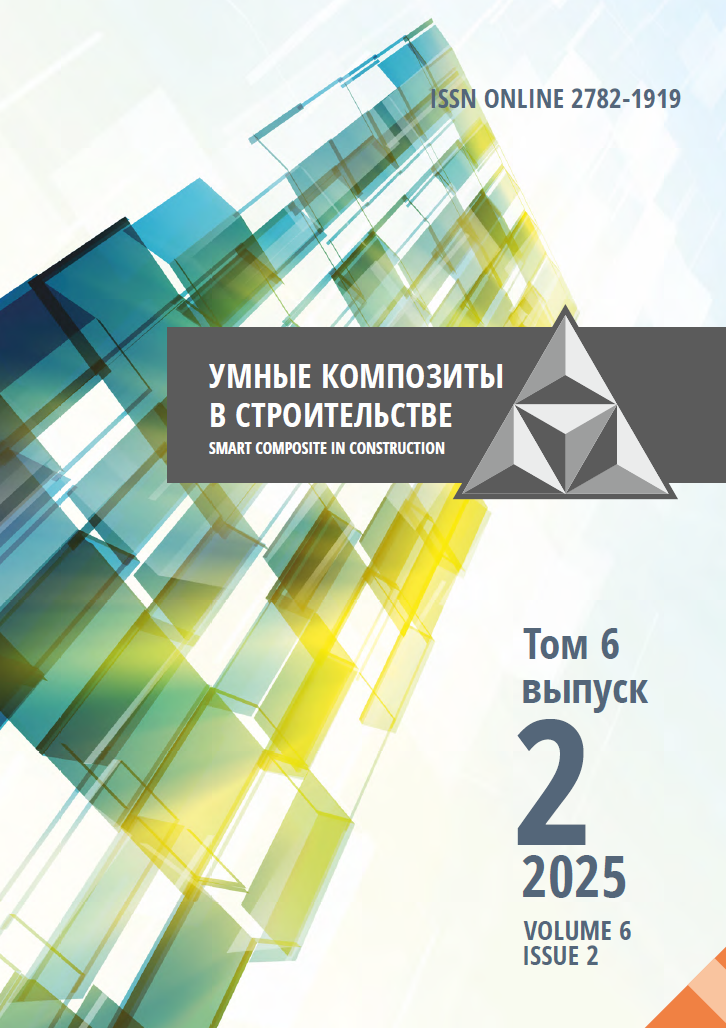Yaroslavl, Yaroslavl, Russian Federation
The paper considers the application of new immersive technologies - from architectural design, information visualisation to the creation of immersive interiors and exteriors of buildings. The author applies a number of conceptual developments, prototypes and experiments in the field of immersive architecture both in virtual space and in reality, and at the boundaries of these environments. The developments include the creation of a virtual model of a building in augmented reality, online interior design, visualisation of architectural objects (from a region to a flat), creation of a museum exposition focused on demonstrating the historical appearance of buildings and territories. When creating an exhibition exposition, the focus is on the presentation of the region using the development of a ‘virtual portal’. Immersive technologies have great prospects for development, which will lead to a significant change in the architectural image as a whole.
immersive architecture, digital technologies, multimedia, mapping, online design, virtual architecture, museum exhibition
1. Trubin, S.S. (2024), “Influence of digital technologies on the development of parametric design in architecture”, Science and Technology: yesterday, today, tomorrow: Proc. sci. art. Krasnodar: IE Kabanov V.B. (Novatsiya Publishing House), pp. 149-151 (in Russian).
2. Rastorguev, S.V. and Petrova, P.V. (2022), “Architecture without Borders”, Smart Composite in Construction, vol. 3, no. 4, pp. 72-98 [online]. DOIhttps://doi.org/10.52957/27821919_2022_4_72 (in Russian).
3. Utegenov, N.B. (2022), “Virtual and augmented reality (VR and AR)”, Universum: Technical Sciences, vol. 7-1, no. 100, pp. 23-26. https://7universum.com.ru/tech/archive/item/14088 (in Russian).
4. Meshcheryakova, A.A. Immersive galaxy from TeamLab, Artifex: [site]. Available at: https://artifex.ru/%D1%86%D0%B8%D1%84%D1%80%D0%B0/teamlab/ (accessed 17.04.2025) (in Russian).
5. Voinea, G.D., Boboc, R.G. and Antonya, C. (2022), “Mixed reality tools for education in the metaverse”, Education and New Development, vol. 12, no. 4, pp. 249-251. https://doi.org/10.36315/2022v2end056
6. Alha, K., Koskinen, E., Paavilainen, J. and Hamari, J. (2019), “Why do people play location-based augmented reality games: a study on Pokémon GO”, Computers in Human Behavior, vol. 93, pp. 114-122, https://doi.org/10.1016/j.chb.2018.12.008
7. Gureev, K.A. and Nagovitsyn, A.A. (2025), “Integration of virtual and augmented reality technologies for design of construction projects”, Applied Economic Research, no. 1, pp. 123-129. DOIhttps://doi.org/10.47576/2949-1908.2025.1.1.015 (in Russian).
8. Innovative presentation technology for real estate, XR lab: [website]. Available at: https://vimania.ru/w/blog/2022/03/05/vimania-xr-%d0%b8%d0%bd%d0%bd%d0%be%d0%b2%d0%b0%d1%86%d0%b8%d0%be%d0%bd%d0%bd%d0%b0%d1%8f-%d1%82%d0%b5%d1%85%d0%bd%d0%be%d0%bb%d0%be%d0%b3%d0%b8%d1%8f-%d1%80%d0%b5%d0%ba%d0%bb%d0%b0%d0%bc%d1%8b/ (accessed 18.04.2025) (in Russian).
9. 10 online flat planners, vc.ru: [site]. Available at: https://vc.ru/id2102337/1426850-10-onlain-planirovshikov-kvartiry-kak-ya-vybirala-besplatnyi-servis-dlya-planirovki (accessed 18.04.2025) (in Russian).
10. RoomZoom – create an interior online, XR lab: [website]. Available at: https://vimania.ru/w/blog/2022/04/11/roomzoom-%D1%81%D0%BE%D0%B7%D0%B4%D0%B0%D1%82%D1%8C-%D0%B8%D0%BD%D1%82%D0%B5%D1%80%D1%8C%D0%B5%D1%80-%D0%BE%D0%BD%D0%BB%D0%B0%D0%B9%D0%BD/ (accessed 18.04.2025) (in Russian).
11. VR application for demonstrating an architectural project, XR lab: [website]. Available at: https://vimania.ru/w/blog/2023/01/26/vr-%D0%BF%D1%80%D0%B8%D0%BB%D0%BE%D0%B6%D0%B5%D0%BD%D0%B8%D0%B5-%D0%B0%D1%80%D1%85%D0%B8%D1%82%D0%B5%D0%BA%D1%82%D1%83%D1%80%D0%B0/(accessed 18.04.2025) (in Russian).
12. Rastorguev, S.V. (2024), “3D modelling of cities: historical reconstructions and alternative reality”, Smart Composite in Construction, vol. 5, no. 3, pp. 65-79. DOIhttps://doi.org/10.52957/2782-1919-2024-5-3-65-79 (in Russian).
13. The Layout of Rostov and AR-VR, Cih.ru blog: [site]. Available at: https://cih.ru/wp/bld/2021/07/07/%d0%bc%d0%b0%d0%ba%d0%b5%d1%82-%d1%80%d0%be%d1%81%d1%82%d0%be%d0%b2%d0%b0-%d0%b8-ar-vr/ (accessed 18.04.2025) (in Russian).
14. Reshetnikova, I.V. (2024), “3D-mapping as a way to popularise cultural heritage in the digital society”, Modern Cultural Studies: problems and prospects, Saratov: Publishing House ‘Saratov Source’.
15. Hu, Y., Sun, W., Liu, X., Gan, Q., and Shi, J. (2020), “Tourism demonstration system for large-scale museums based on 3D virtual simulation technology”, The Electronic Library, vol. 38, no. 2, pp. 367-381. DOIhttps://doi.org/10.1108/e1-08-2019-0185
16. Rastorguev, S.V. (2024), “Methods of studying architectural history on the basis of 3D modelling”, Construction and Reconstruction, vol. 5, no. 115, pp. 95-111. DOIhttps://doi.org/10.33979/2073-7416-2024-115-5-95-111 (in Russian).
17. Stand for SPIEF, Cih.ru blog: [site]. Available at: https://cih.ru/wp/bld/2019/03/29/%d1%81%d1%82%d0%b5%d0%bd%d0%b4-%d0%b4%d0%bb%d1%8f-spief/ (accessed 19.04.2025) (in Russian).
18. Portal of augmented reality, Rutube: [website]. Available at: https://rutube.ru/video/98f780ee3cc993d65a6b7d5b08e3aca4/ (accessed 19.04.2025) (in Russian).







